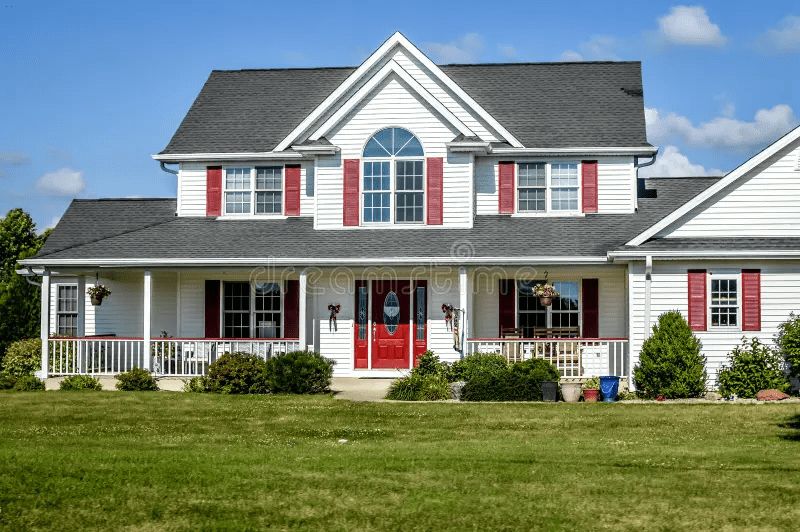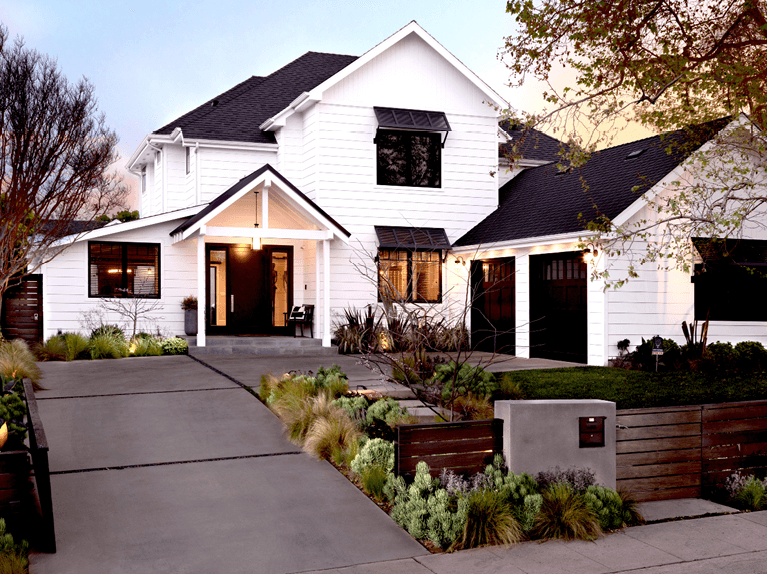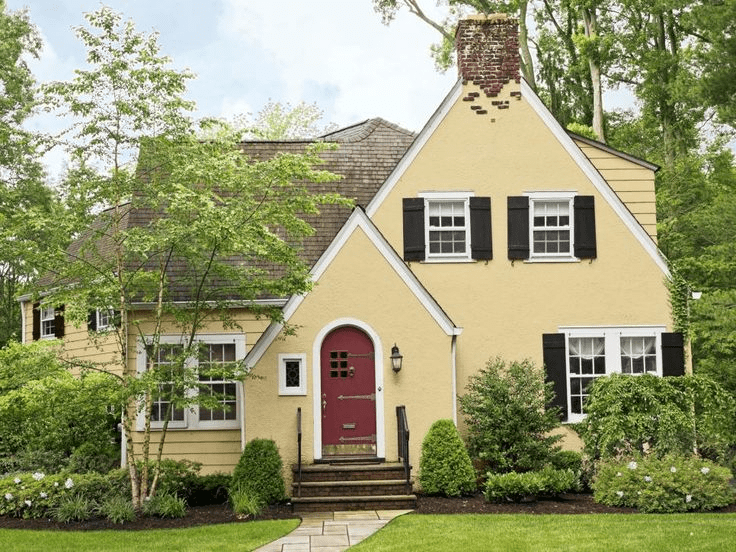Adding On To The Front Of A House Roof Lines. When considering a home expansion, adding to the front of a house is a significant decision that affects both aesthetics and functionality. One of the most crucial aspects to consider is how the new addition will integrate with the existing roof lines. A poorly planned roof extension can make a house look awkward, while a well-designed addition can enhance curb appeal and increase property value.

This guide will walk you through everything you need to know about adding on to the front of a house roof lines, including design considerations, structural integrity, roofing styles, and cost factors. Whether you’re expanding your living room, adding a front porch, or creating a new entryway, understanding roof integration is key to a successful project.
Read too: Is It Reasonable to Ask the Seller to Replace the Roof?
Why Consider Adding On To The Front Of A House Roof Lines?
Expanding the front of your house can serve multiple purposes, from increasing living space to improving the home’s facade. Here are some common reasons homeowners choose to add onto their home’s front:
- Enhanced Curb Appeal: A well-planned front addition can modernize an older home, making it look more attractive and updated.
- Increased Property Value: Home improvements that add space and improve aesthetics can boost resale value.
- More Living Space: Adding a room, extended entryway, or covered porch can provide extra space for your family.
- Improved Functionality: A front addition can provide better insulation, enhanced security, or simply a more inviting entrance.
Understanding Roof Line Extensions
The Importance of Roof Line Integration
One of the biggest challenges in adding onto the front of a house is ensuring that the new structure blends seamlessly with the existing roof lines. If the new roof design doesn’t match the existing one, it can create an unbalanced appearance and potential structural problems.
To avoid these issues, you need to consider:
- Roof Pitch Matching: Ensure the new roof section has a pitch that complements the current roof.
- Material Consistency: Using the same roofing materials (shingles, tiles, metal) helps maintain a cohesive look.
- Structural Support: The new roof must be properly supported to prevent sagging or drainage issues.
Types of Roof Additions for Front Expansions
When adding onto the front of a house, there are several roofing styles to consider. The right choice depends on your home’s current roof structure, architectural style, and the purpose of the addition.
1. Gable Roof Extension
A gable roof is one of the most popular choices for front additions because it is simple, visually appealing, and blends well with most home styles. It consists of two sloping sides that meet at a ridge, forming a triangular shape.
Pros:
✔ Classic, timeless design
✔ Good for shedding water and snow
✔ Works well with most home styles
Cons:
✘ May require structural reinforcement
✘ Can be expensive if large alterations are needed
2. Shed Roof Addition
A shed roof, or single-slope roof, is a modern and cost-effective option. It extends from the existing roof at a downward angle, making it ideal for front porches or small room additions.
Pros:
✔ Simple construction
✔ Less expensive than gable or hip roofs
✔ Modern, sleek appearance
Cons:
✘ Less protection against heavy snow loads
✘ May not match traditional architectural styles
3. Hip Roof Extension
A hip roof slopes on all sides, creating a more durable and wind-resistant structure. This type of roof is ideal for larger front expansions.
Pros:
✔ Strong and stable structure
✔ Elegant design that integrates well with most houses
✔ Better resistance to strong winds and storms
Cons:
✘ More expensive due to complex framing
✘ Requires skilled labor for installation
4. Flat Roof Addition
A flat roof can provide a modern, minimalist look and is commonly used for contemporary homes.
Pros:
✔ Simple, clean design
✔ Can be used as a deck or rooftop garden
✔ Easy to install and maintain
Cons:
✘ Poor drainage can lead to water pooling
✘ May not blend well with traditional home styles
Steps for Adding On To The Front Of A House Roof Lines
Step 1: Plan the Design
Before starting construction, work with an architect or designer to create a plan that ensures the new addition integrates smoothly with your home’s existing roof lines.
Step 2: Check Building Codes and Permits
Every home renovation must comply with local zoning laws and building codes. Check with your city or county to secure the necessary permits.
Step 3: Choose Roofing Materials
Selecting the right roofing materials ensures durability and a uniform look. Popular choices include asphalt shingles, metal roofing, and tile.
Step 4: Consider Structural Requirements
Reinforce the existing roof structure if necessary, especially for larger additions that put extra weight on the home’s foundation and walls.
Step 5: Hire a Contractor
Unless you have extensive construction experience, hiring a professional is the best way to ensure safety and quality workmanship.
Step 6: Monitor the Construction Process
Stay involved in the project by overseeing the progress and ensuring that the work follows your approved plans.
Cost Considerations for Roof Line Additions
The cost of adding on to the front of a house roof lines varies depending on factors such as roof type, materials, labor costs, and location.
- Small Front Porch Roof Addition: $3,000 – $10,000
- Gable or Shed Roof Extension: $5,000 – $15,000
- Full Front Room Addition with Roof: $20,000 – $50,000+
For a precise estimate, consult with local contractors and obtain multiple quotes.
Common Mistakes to Avoid
- Ignoring Roof Pitch Differences – Mismatched slopes can cause drainage problems and aesthetic issues.
- Choosing the Wrong Materials – Using different roofing materials can make the addition look out of place.
- Skipping Structural Reinforcement – A poorly supported roof can lead to long-term structural damage.
- Not Planning for Drainage – Ensure gutters and downspouts are properly placed to prevent water pooling.
Final Thoughts
Adding on to the front of a house roof lines is an excellent way to enhance your home’s appearance, functionality, and value. However, careful planning is essential to ensure a seamless integration with your existing roof structure. By considering factors like roof design, material selection, and structural support, you can create an attractive and durable addition that blends harmoniously with your home.
If you’re considering a front expansion, consult with an experienced contractor to ensure the project is executed professionally and efficiently. A well-planned addition will not only improve your home’s look but also increase its long-term value.



Leave a Reply